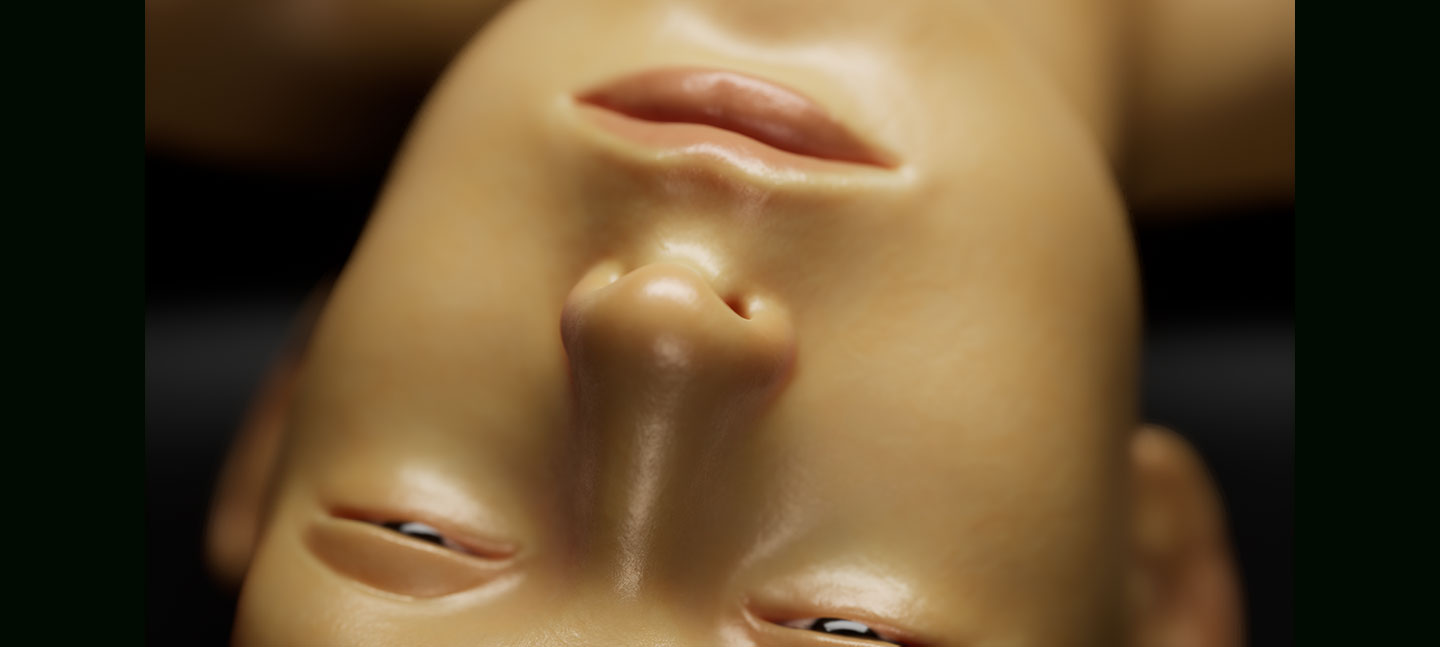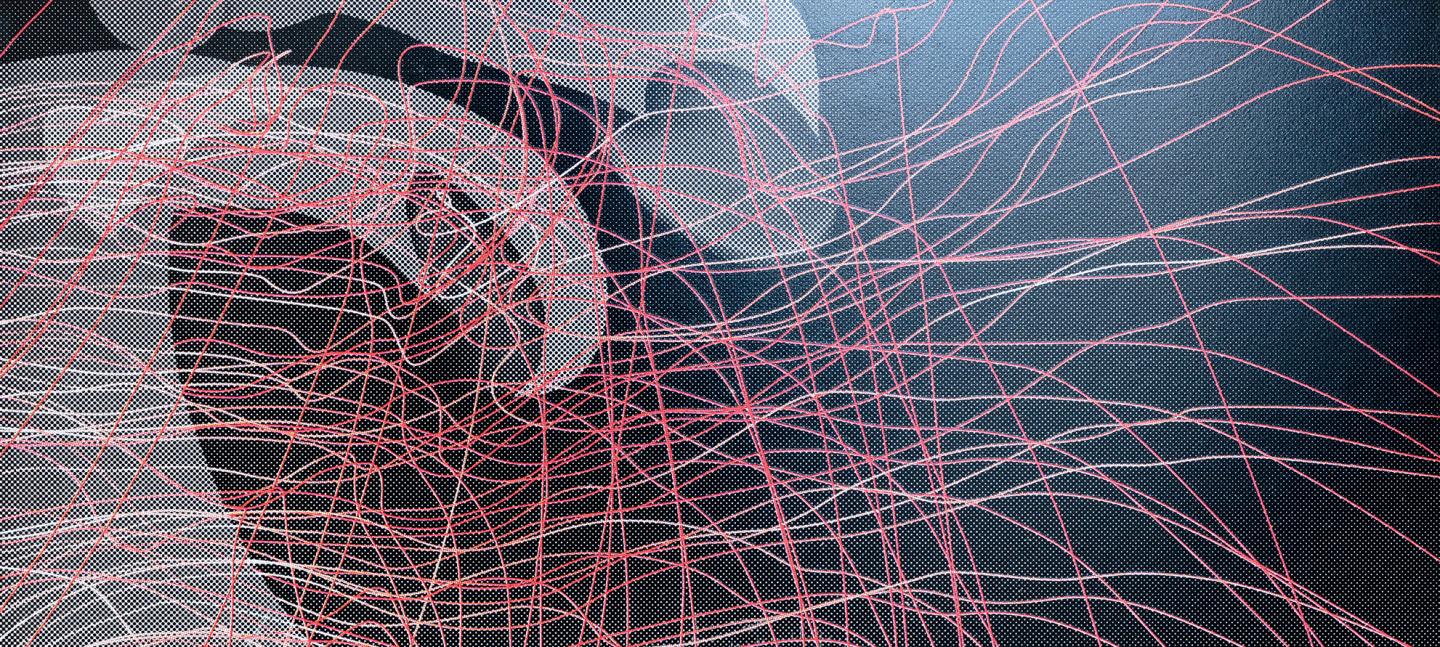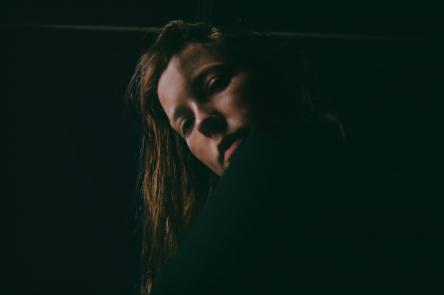
What is the impact of an archive? And how can we use them to frame and understand the everyday? We look to Studios artists past and present, investigating how they have used or responded to archives in their work.
Inspired by The Courtauld Institute of Art’s MA Curating the Art Museum show Unquiet Moments: Capturing the Everyday, that celebrates the alternative archive – the recording of everyday life through the making of art – we wanted to turn to our own creative community and explore how artists have engaged with archives and sought to build a dialogue with history.
From deconstructing archival audio material to the hidden histories of London's sewers and the River Thames, read on to see how our artists have worked with this multi-faceted medium.








